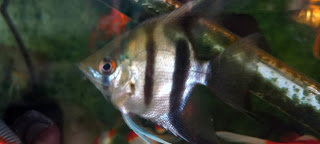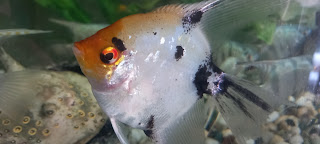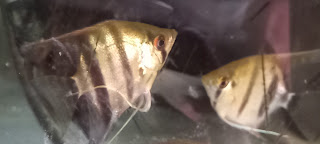Terrarium Aquariums
Exploring the Enchanting World of Terrarium Aquariums Terrarium aquariums, a captivating fusion of aquatic and terrestrial ecosystems, offer a unique glimpse into the wonders of nature. Combining elements of traditional aquariums with those of terrariums, these miniature landscapes provide a haven for a diverse array of plant and animal life. Let's delve into what makes terrarium aquariums so enchanting and how to create your own mesmerizing underwater world. What is a Terrarium Aquarium? A terrarium aquarium, also known as a paludarium, is a specialized habitat that incorporates both aquatic and land-based elements. Unlike traditional aquariums that focus solely on underwater environments, terrarium aquariums feature a combination of water, soil, rocks, and vegetation. This harmonious blend of elements allows for the creation of a self-contained ecosystem that mimics the natural habitats of various amphibians, reptiles, and aquatic creatures. Components of a Terrar...


